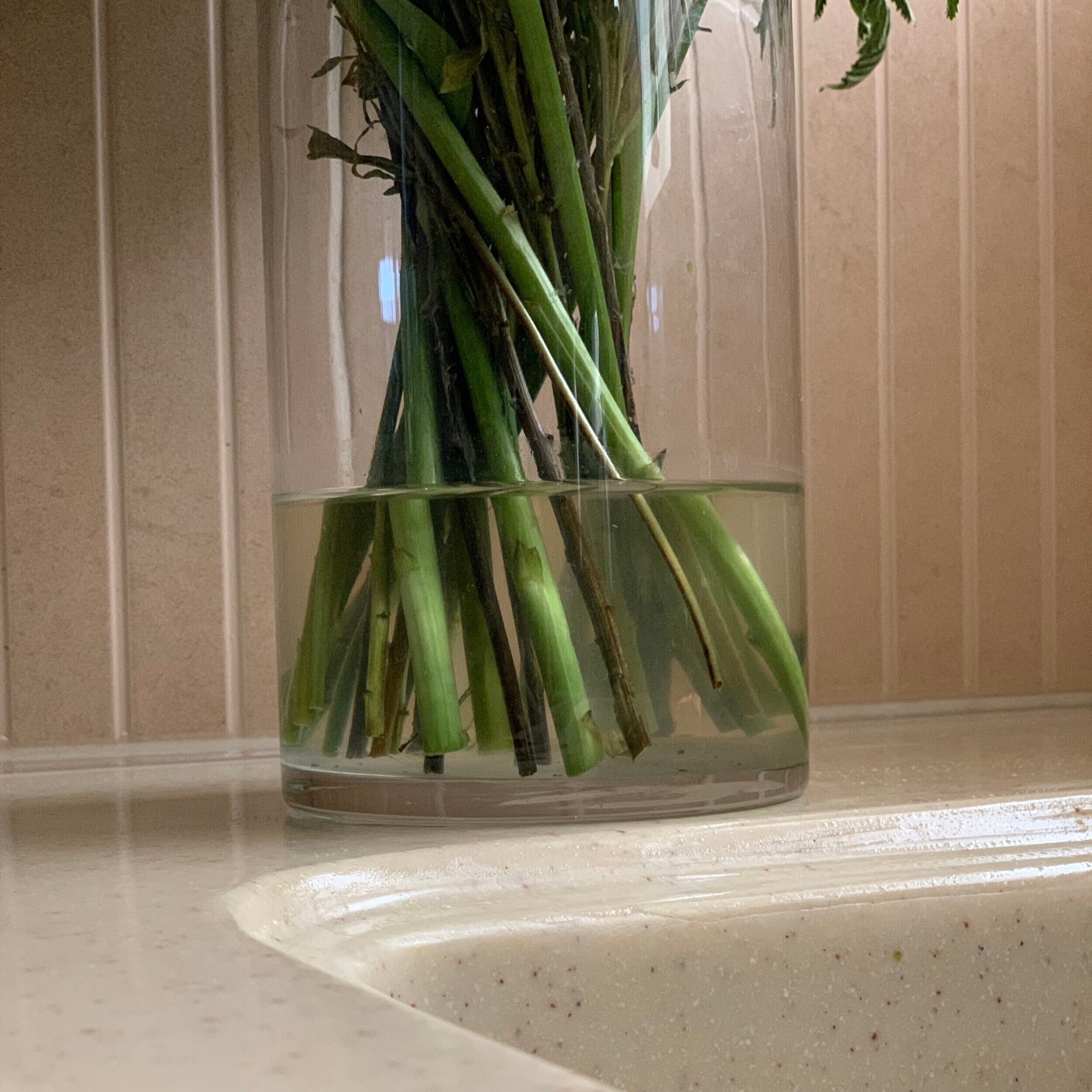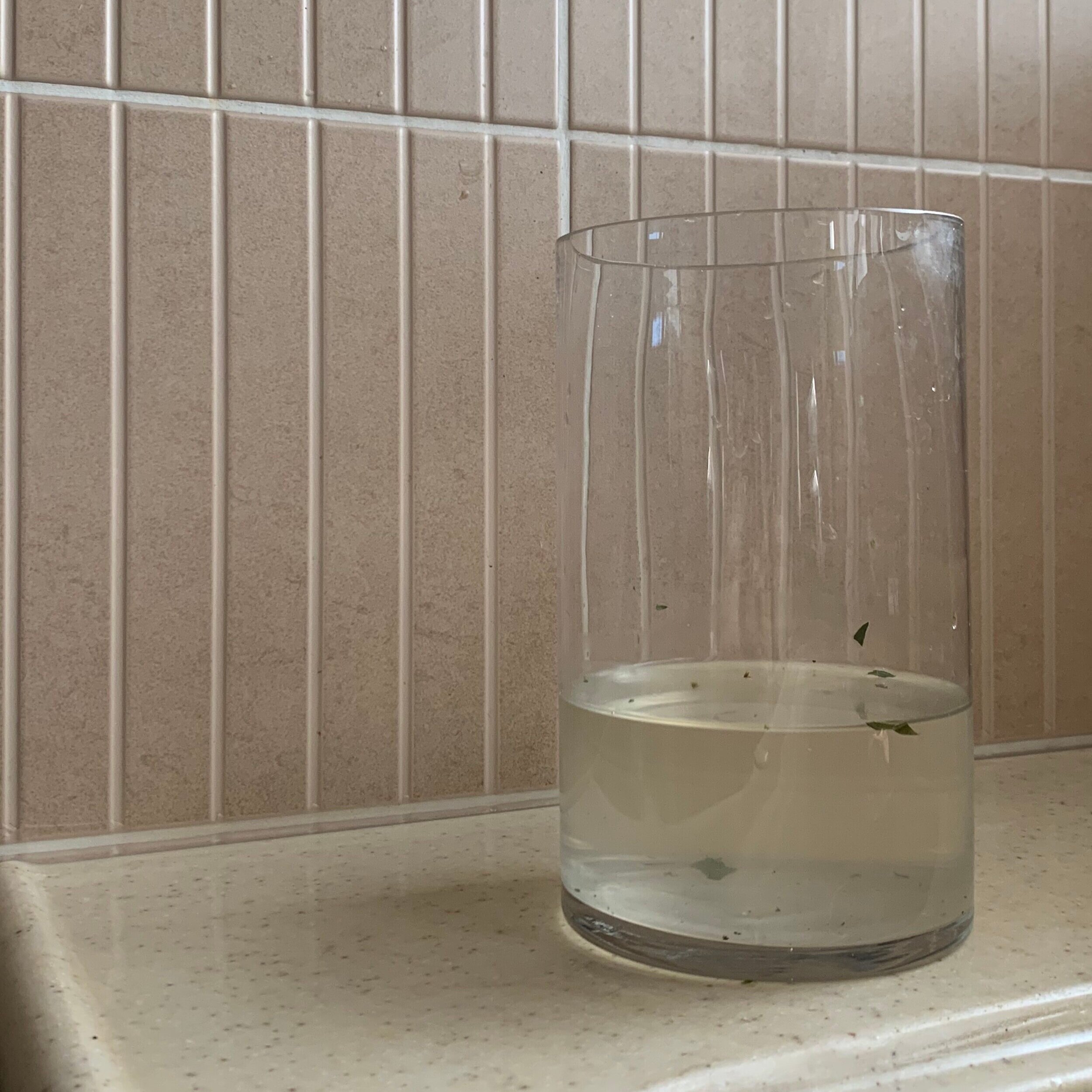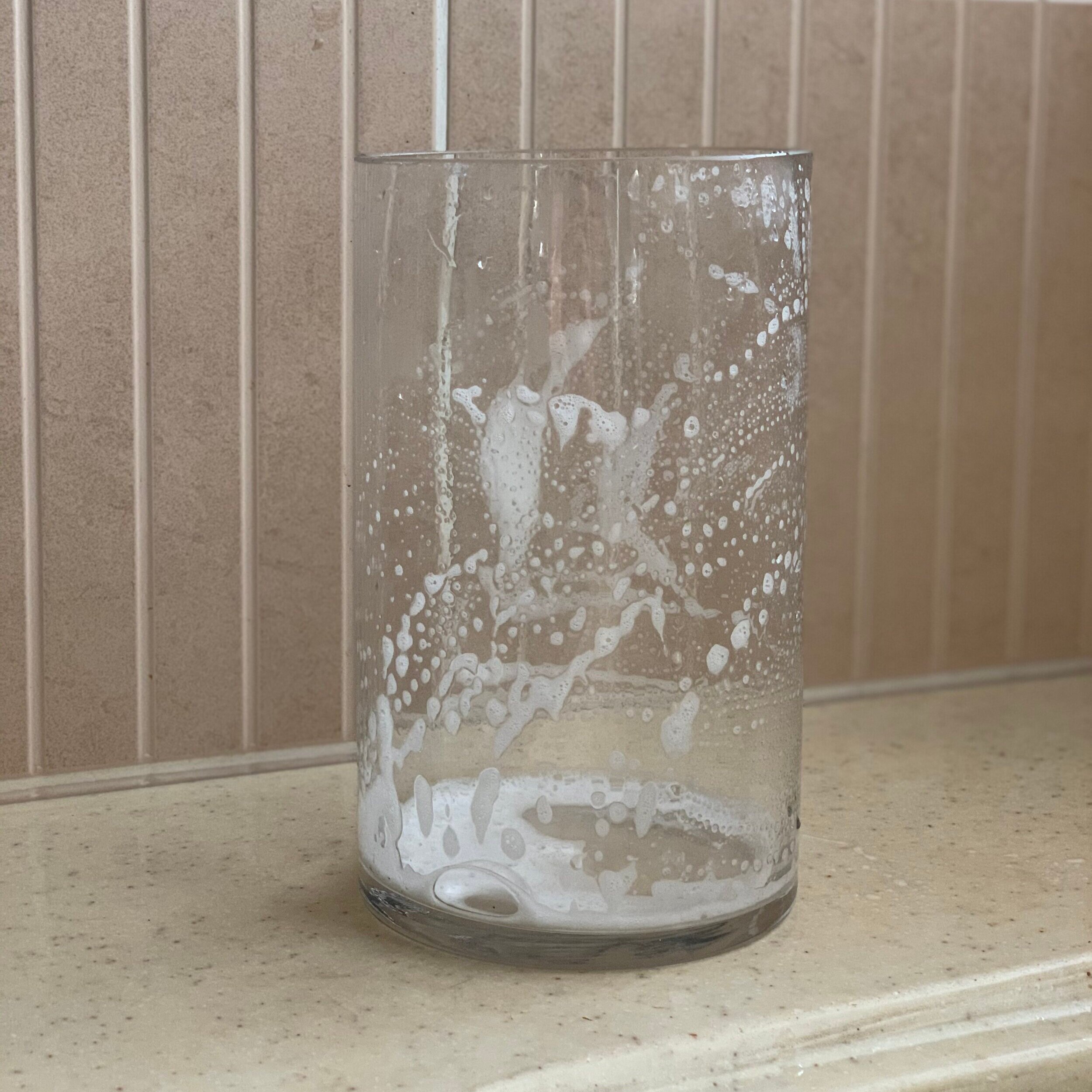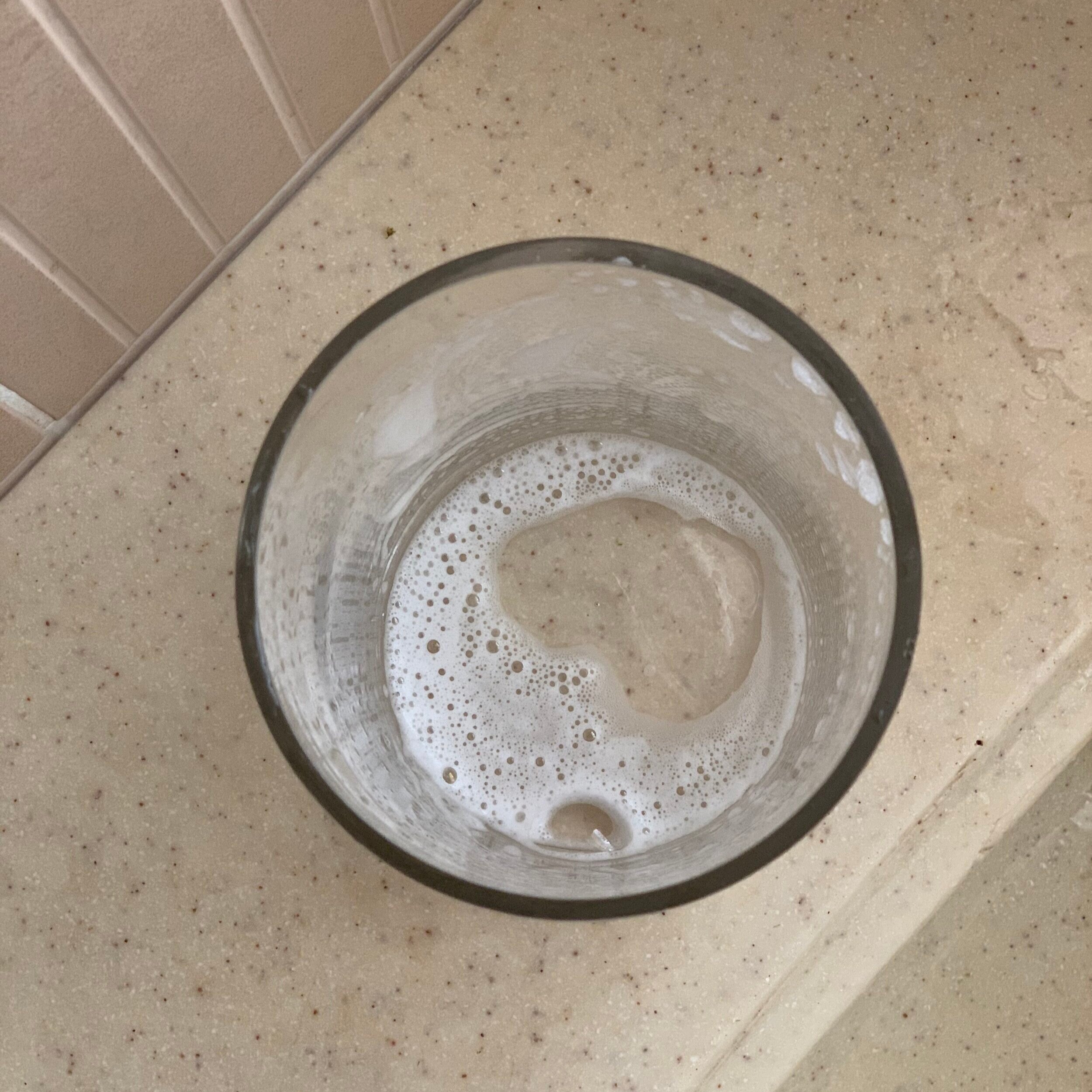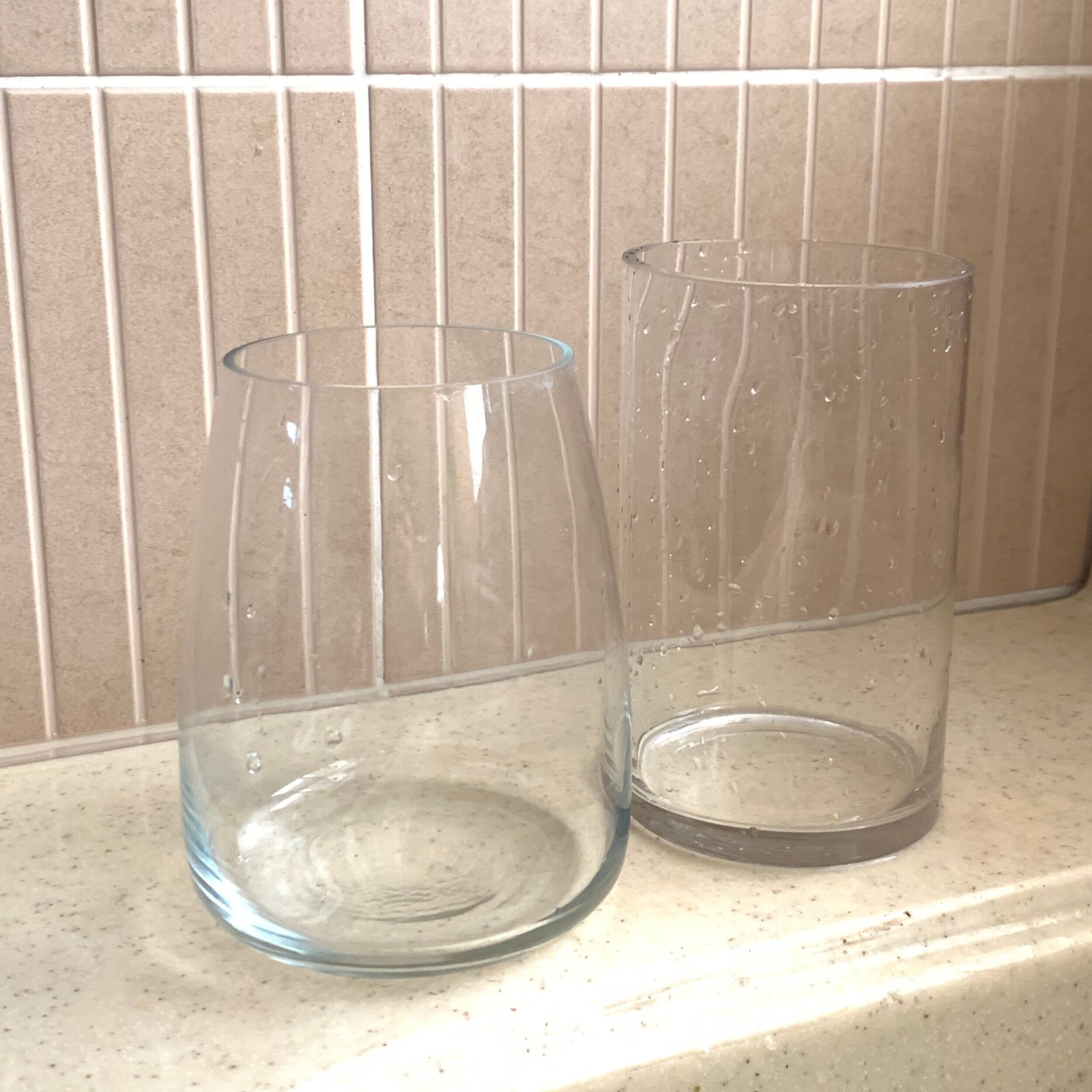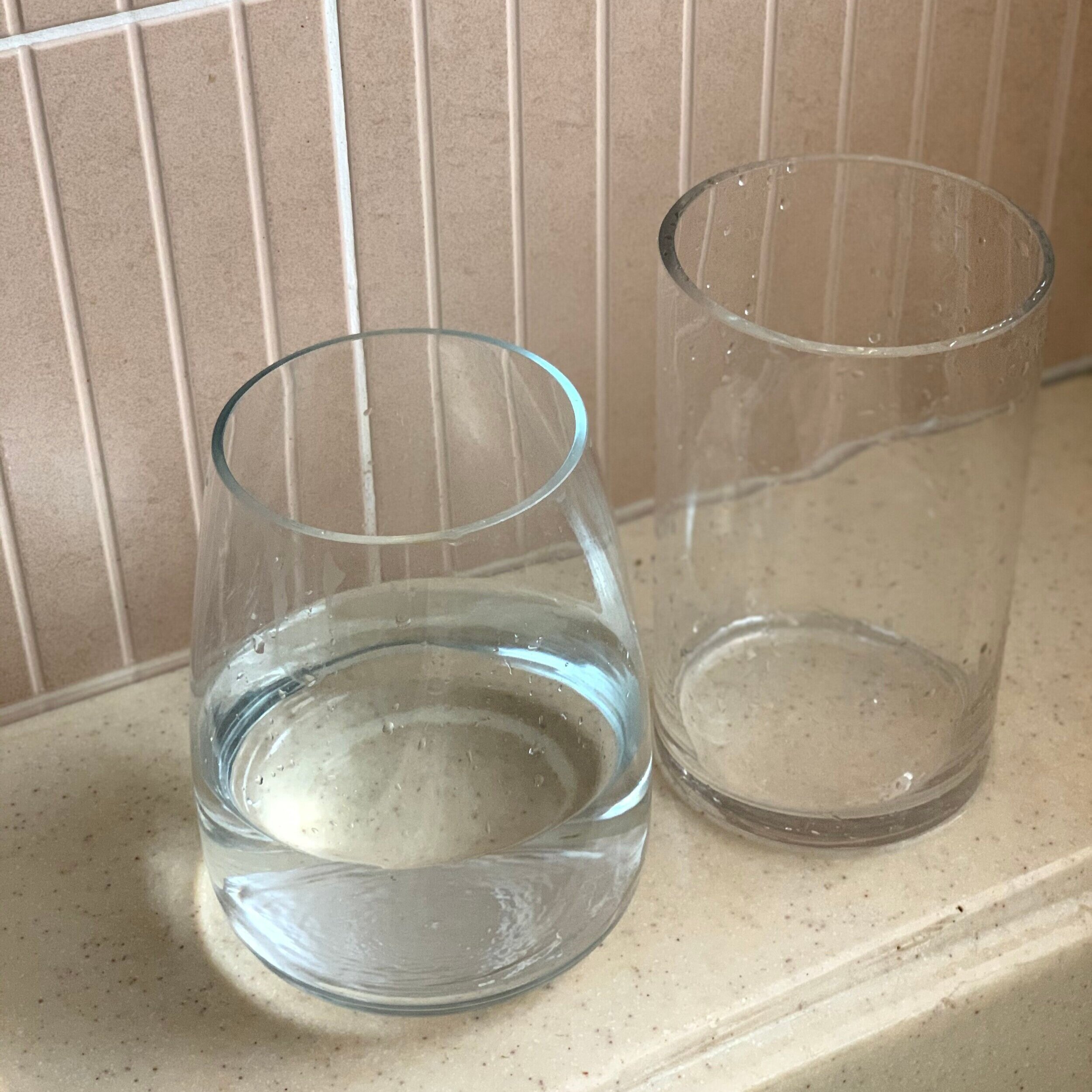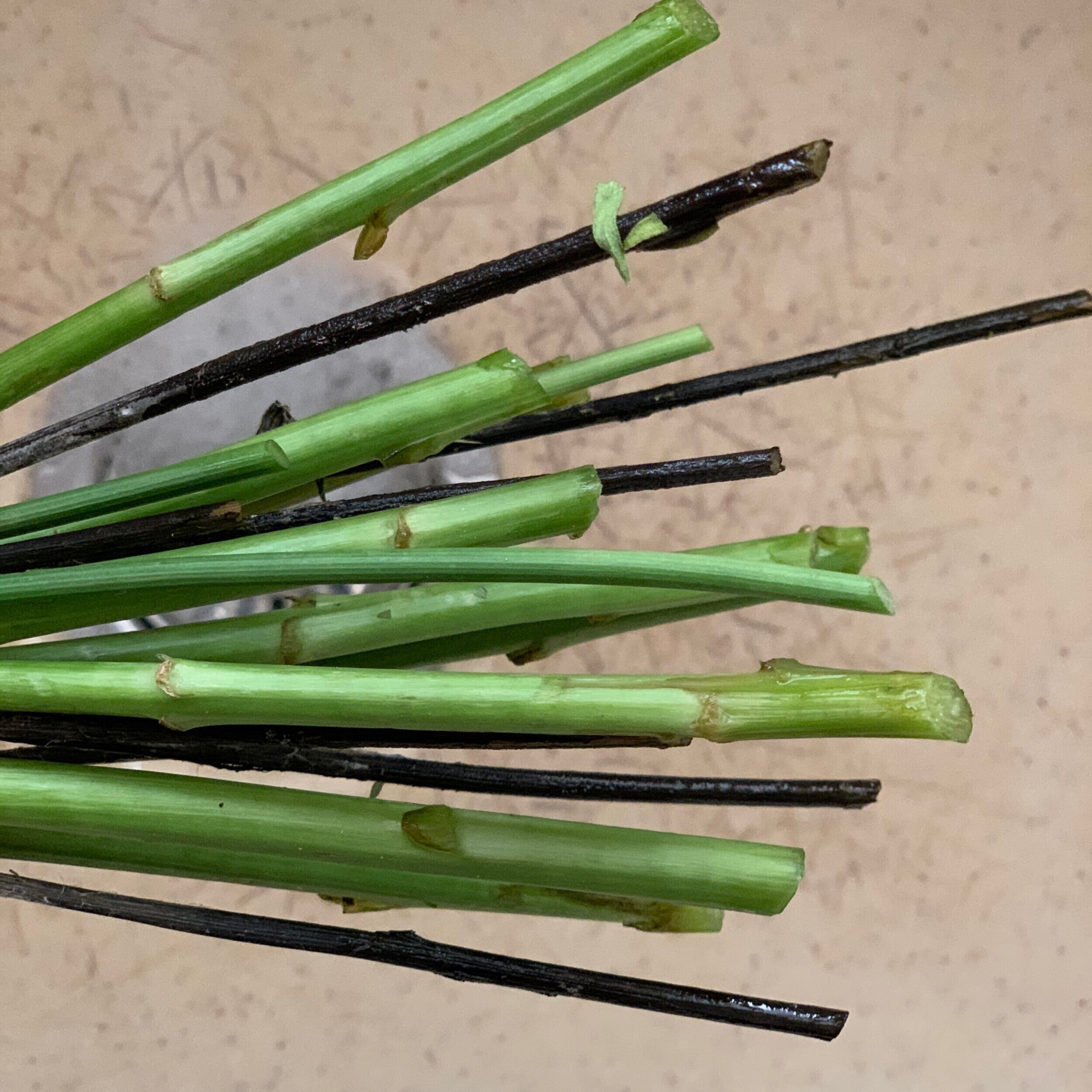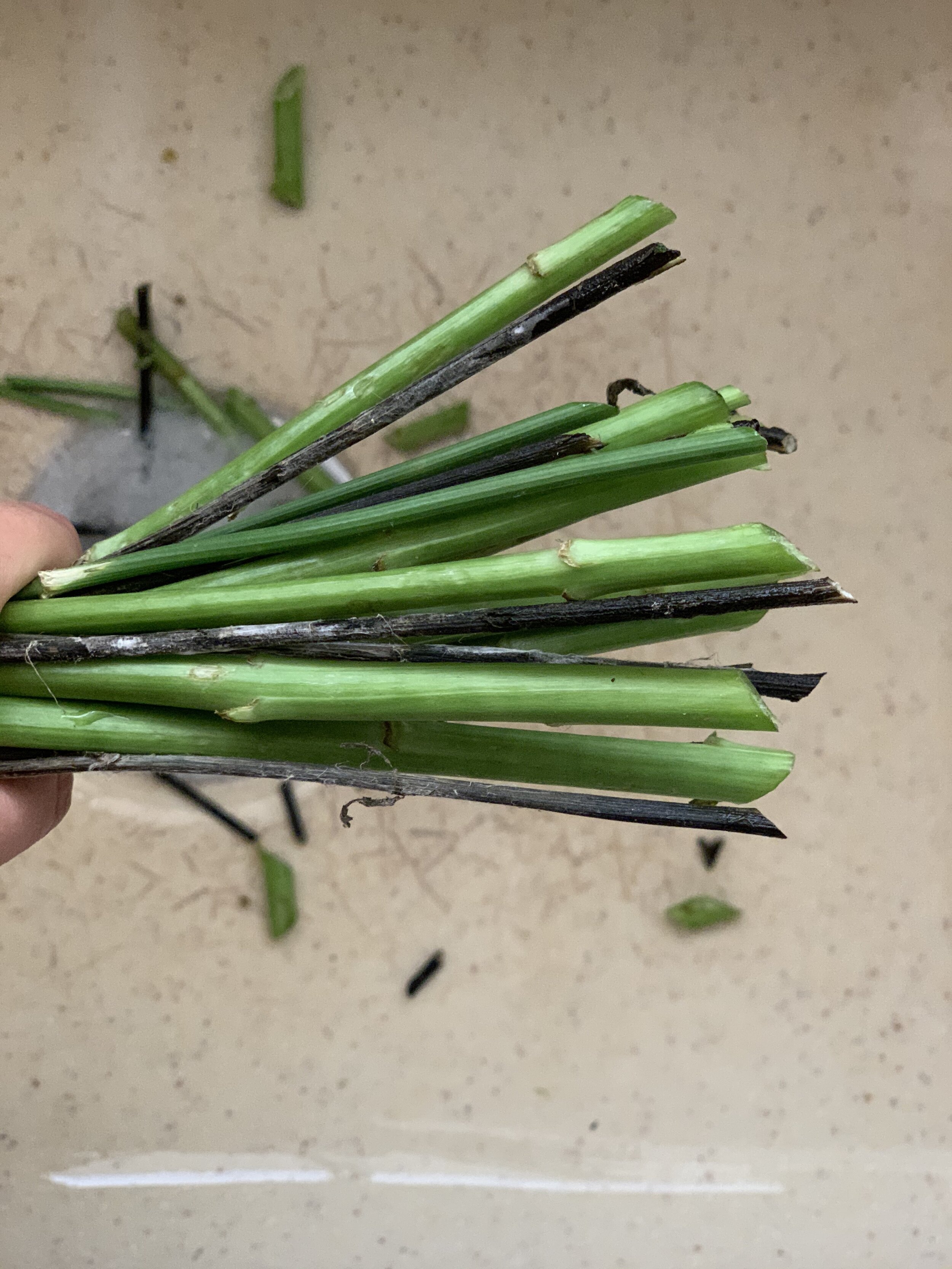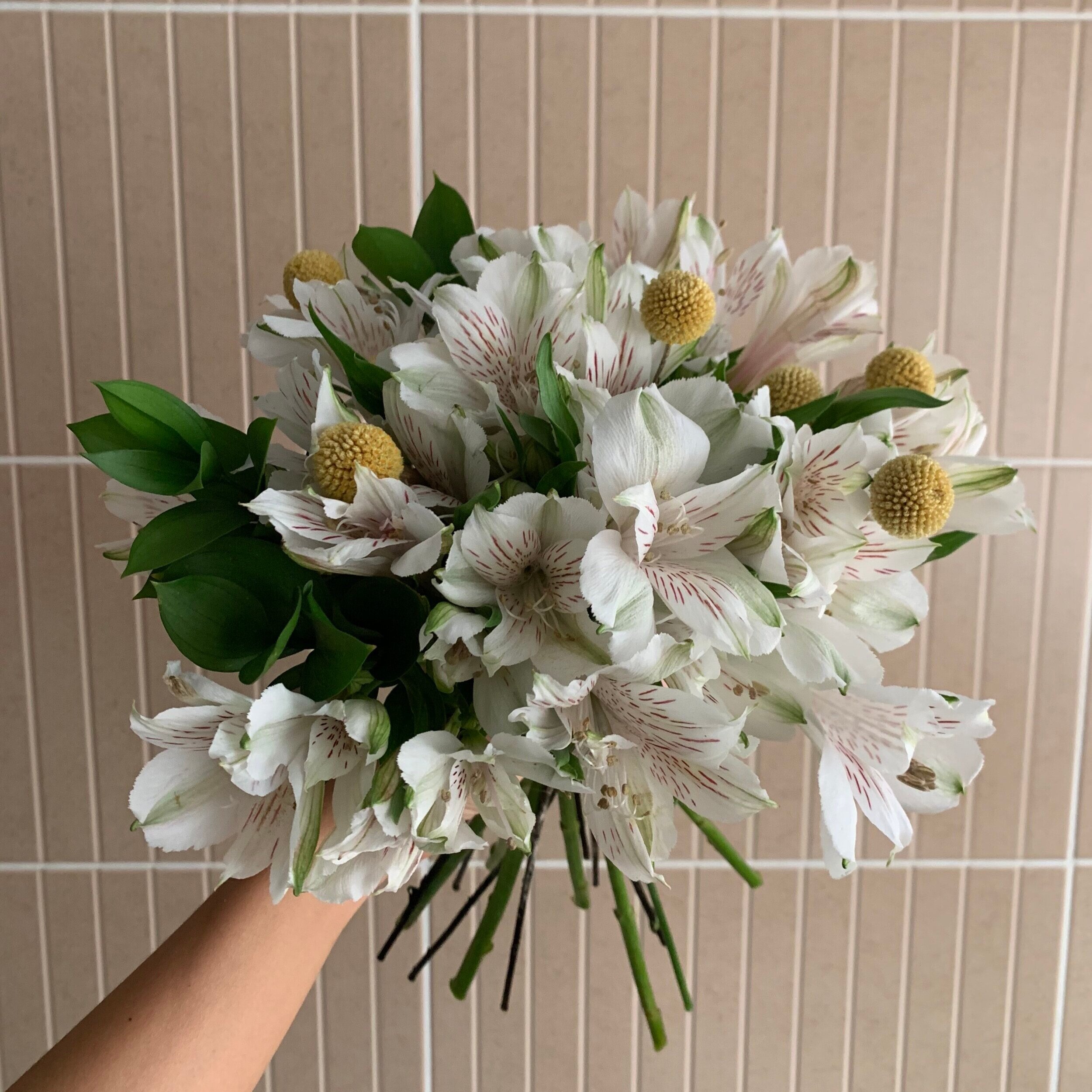Hey Flower Friends!
Whether you’re a veteran flower lover, or just beginning to introduce blooms to cozy-up your space, the best way to keep your flowers happy for the longest time is to keep them hydrated and cool!
Part of keeping your flowers hydrated means giving your blooms fresh, clean water in a clean vessel every 2-3 days.
We’ve outlined the steps to refreshing your vase water below!
Three steps to help your
blooms last longer!
Every 2-3 days you should look into:
Giving your vase a good soapy wash
Replacing the water in your vase with fresh cool water
Trimming your floral stems
Pro-Tip: We recommend doing this in a kitchen sink as these are deeper and wider than other household sinks, giving you more space to maneuver (and play!)
What Does Dirty Water Look Like?
Kinda Gross, Basically
When to clean your vase water:
1) You should look to cleaning your vase and replacing the water once the water begins to look cloudy and murky.
2) Water should also be replaced once the water level has fallen to below a third of the volume of the vase.
3) Water should also be cleaned because stale water can start to smell a bit funky :/ Please don’t let it get to this point!
First, Wash Your Vase!
OK—This part might seem self explanatory
but we’re still going to walk you through it!!
1) Remove the flowers from the water and place them on surface. Dump the dirty water into the sink. There might be some leaf debris in the water and it is useful to use a strainer or drain catch.
2) Using warm soapy water and a sponge, wash the entirety of the inside and outside of your vase. You want the vase sparkling clean! As clean as a glass you would drink out of! We’re serious.
Next, Fill Your Vase
Also, pretty self explanatory but some helpful hints!
1) It’s time to decide if you want to use the same vase for your flowers. You might have to switch to a lower vases as we will be trimming the stems (more on that in a bit!). If you don’t have a shorter vase a squat jar works in a pinch.
2) Fill your vase with cool tap water. (KEY WORD: Cool!) Water from the tap in Bahrain can get quite steamy, especially in summer, and you don’t want to give your blooms an unnecessary facial! If needed let your water stand for a few minutes to cool off.
3) Fill the vase to about 1/3 full. This is usually enough water for all the stems. You can always top it off if you see some stems aren’t sufficiently submerged.
A Note on Flower Food: In our own homes we don’t use flower food (or any other gimmicks like vinegar or a coin) and have found regularly cleaning your vase water is the key to keeping your blooms happy!
Time to Trim!
We fill before we snip because once flowers are
trimmed they need to go immediately into water!
Fast fast!!
1) To trim stems you need the sharpest pair of scissors you have. We recommend getting a dedicated pair of flower cutters just for this job.
2) Stems should be cut at a 45-degree angle for 2 reasons 1. It helps maximise the surface area where the flower can absorb water (if you need the math behind this hit us up!) and 2. It prevents the stems from sitting flush against the bottom of the vase which will inhibit water uptake.
3) Trim your stems over the sink or directly into the rubbish. You can trim stems in a whole bunch (as pictured above) or trim each bloom individually and arrange your blooms as you go. Do what feels best and don’t be afraid to play a round with rearranging your flowers!
TA-DA! All Done!
Et Voila! Your Flowers Have a Sparkling Clean Home!
Just a few more pointers…
Once you’ve placed you freshly trimmed stems into the vase you need to check for the following:
1) Make sure there are no stray leaves submerged in the water (this encourages bacterial growth which is bad for flowers and makes the water murky faster). If there are leaves, pop the bunch out and simply pull off and discard the leaves.
2) Make sure all the stems are submerged in at least 3-4 cm of water (Some flowers might be shorter than others and their stems might not reach the bottom of the vase). If any stems aren’t getting sufficient water just top up the water on the side of the vase.


